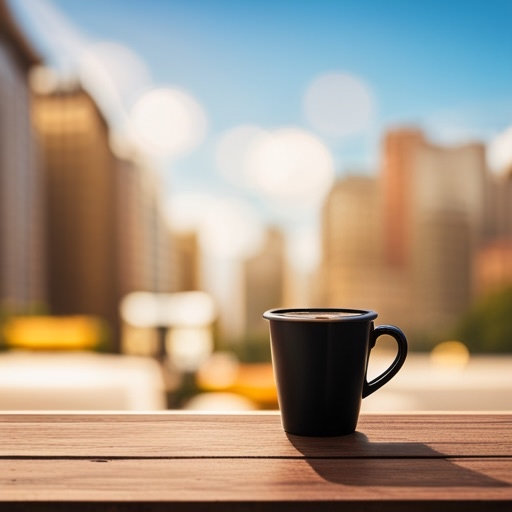Coffee – the aromatic, energizing beverage that millions of people around the world rely on to kickstart their day. Its invigorating aroma, rich taste, and ability to keep us awake make it an essential part of our daily routine. But have you ever wondered about the science behind this popular beverage? From the humble coffee bean to the perfectly brewed cup, there’s a fascinating story unfolding in the background. In this article, we’ll explore the complex journey of coffee and uncover the scientific processes that give us our beloved morning pick-me-up.
Planting and Growing Coffee begins its journey as a seed, planted in the soil of coffee-growing regions across the globe. Two primary species of coffee plants are cultivated for commercial purposes – Coffea arabica and Coffea canephora (also known as Robusta). Arabica beans are generally more sought after, as they have a milder, more nuanced flavor profile compared to the stronger, more bitter Robusta beans.
The coffee plants thrive in tropical climates, requiring ample rainfall, moderate temperatures, and specific altitudes. These factors significantly impact the final taste of the coffee bean, making terroir (the environmental factors that affect a crop’s characteristics) an essential aspect of coffee production.
Harvesting and Processing Once the coffee cherries reach their peak ripeness, they are harvested either by hand or using machinery. The cherries are then processed to remove the beans from the fruit, typically using one of two methods – the dry method or the wet method.
The dry method involves spreading the cherries out in the sun to dry, which can take several weeks. The wet method uses water to separate the beans from the fruit, followed by fermentation to remove any remaining pulp. This method is faster and generally produces a cleaner, brighter flavor in the final product.
Roasting Roasting is where the magic truly happens, transforming green coffee beans into the rich, aromatic beans we know and love. The roasting process involves heating the beans at high temperatures (usually between 350°F and 500°F) for a specific amount of time, depending on the desired roast level.
During roasting, several chemical reactions occur, including the Maillard reaction and caramelization. The Maillard reaction is responsible for creating the vast array of flavors and aromas that coffee offers, while caramelization contributes to the sweetness and body of the brew.
Grinding Grinding coffee beans breaks them down into smaller particles, increasing their surface area and allowing for better extraction of flavors during brewing. The fineness of the grind will depend on the brewing method used. For example, a coarse grind is ideal for a French press, while a fine grind is better suited for an espresso machine.
Brewing The final step in the journey from bean to cup is brewing. The brewing process involves extracting flavor compounds from the coffee grounds using hot water. There are several methods to brew coffee, including drip coffee makers, French press, pour-over, espresso machines, and more.
Each brewing method has its unique characteristics, affecting factors such as brewing time, water temperature, and coffee-to-water ratio. These variables play a crucial role in determining the final taste and strength of your cup of coffee.
The journey of coffee from bean to cup is a complex and fascinating process, involving a multitude of scientific reactions and carefully controlled variables. Understanding the science behind your morning coffee ritual adds a new level of appreciation for this beloved beverage. So next time you take a sip of your freshly brewed coffee, take a moment to ponder the incredible journey it has taken to reach your cup.
Please note that if you purchase from clicking on the link, some will result in my getting a tiny bit of that sale to help keep this site going.


